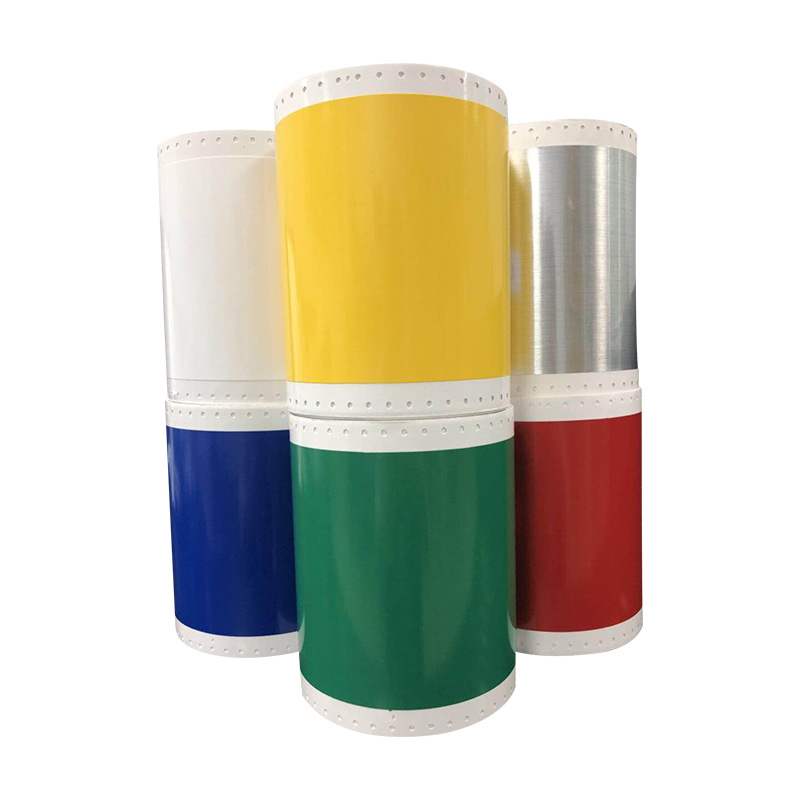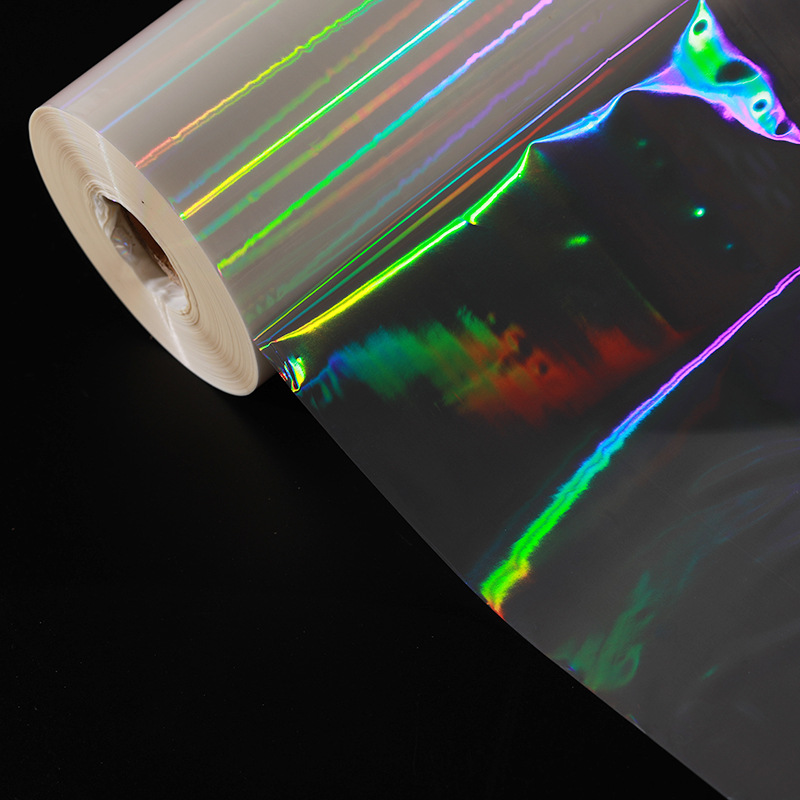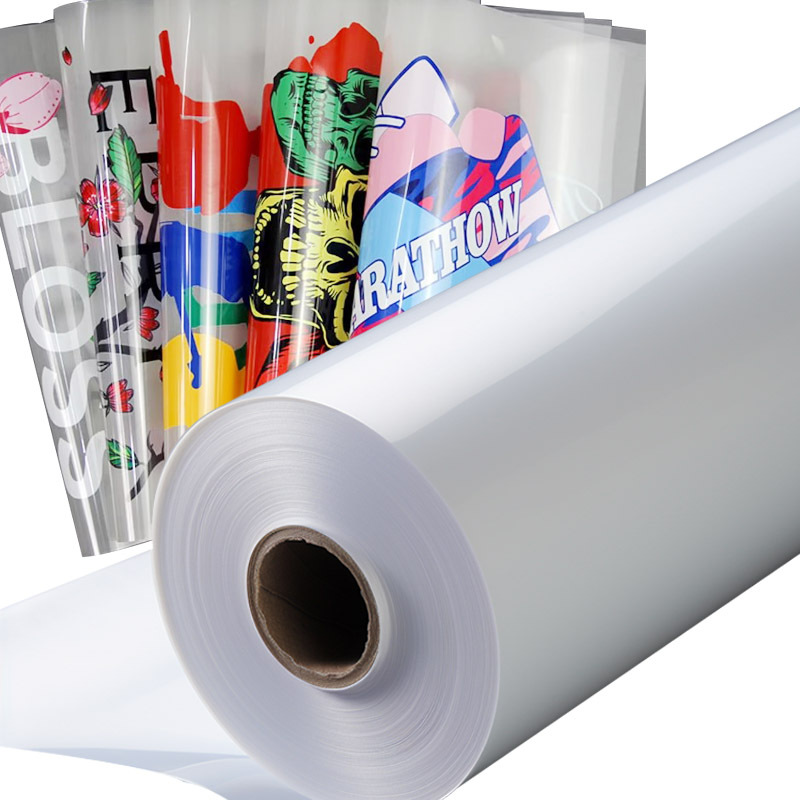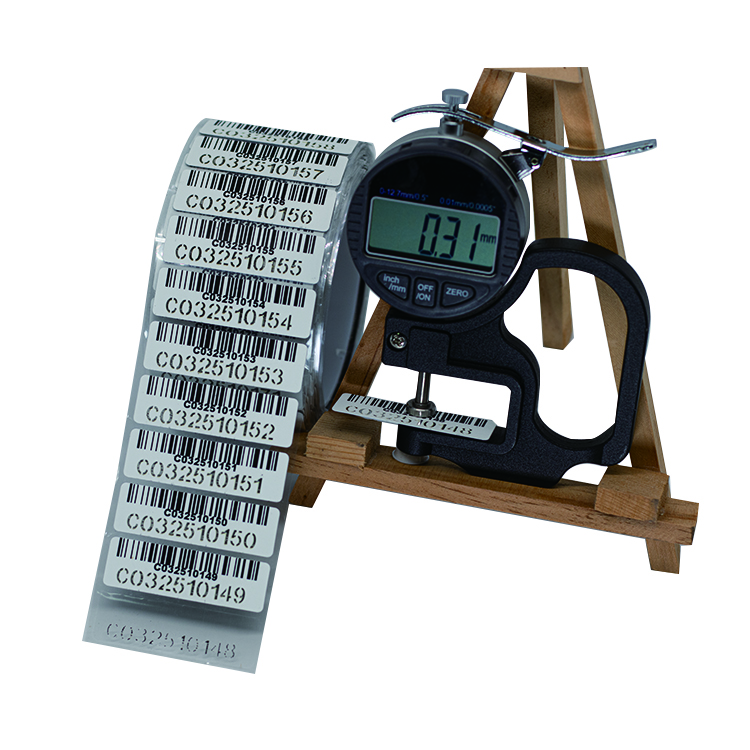How to check the color of temperature sensitive and heat reducing stickers
Generally, the color of a temperature-sensitive fever-reducing patch can appear as blue or white, and changes in body temperature can be judged based on these color changes. The detailed analysis is as follows:
A fever-reducing patch is a type of patch that is applied to the skin to lower body temperature. A temperature-sensitive fever-reducing patch, in addition to its basic function of reducing fever and temperature, incorporates a temperature-sensitive color-changing feature. When the patch comes into contact with the skin, the chemical substances within it react with oxygen in the air to generate heat, thereby lowering the skin's temperature. The color of the patch also changes with the variation in temperature. Normally, a temperature-sensitive fever-reducing patch is blue; when it is applied to the skin of a feverish patient, the color gradually lightens until it becomes white and transparent; if the patient's body temperature drops below 38°C, it will revert to its original blue color. It is important to note that different brands of temperature-sensitive fever-reducing patches may have different color indication zones and temperature ranges.
When using a temperature-sensitive fever-reducing patch, it should be used correctly according to the instructions in the manual, and close attention should be paid to the temperature changes of the patch. At the same time, if the patch becomes damaged or causes discomfort, it should be promptly removed and discontinued.
Characteristics of color changing temperature sensitive patches
Intuitiveness: Through color changes, users can quickly and intuitively assess temperature conditions without the need for additional measuring tools.
Diversity: Depending on application requirements, temperature-sensitive patches can be designed with different color change patterns, such as transitioning from blue to white, white to red, etc.
Convenience: The patch design allows for easy attachment and replacement, suitable for various surfaces.
Safety: Non-toxic and harmless, friendly to both humans and the environment, ensuring safe usage.

Corrosion resistant label
Corrosion resistant labels are special label materials designed to cope with various chemical corrosion environments. This type of label not only has excellent corrosion resistance to common chemicals such as acid and alkali, acetone, and washing water, but can also be customized for other corrosive chemicals according to specific customer needs, ensuring the stability and readability of the label in specific environments. Its material is mainly PET (polyethylene terephthalate), because PET material has excellent chemical stability, mechanical strength, and weather resistance, which can effectively resist the erosion of various chemical substances. In addition, the key to corrosion-resistant labels lies in their special coating and adhesive. Coating is the first line of defense to protect labels from chemical corrosion and must be able to withstand long-term corrosion. And glue is responsible for ensuring that the label can be firmly attached to the target object in various harsh environments, without falling off or losing its stickiness, thus ensuring the long-lasting and clear identification.
We offer comprehensive technical support, including free professional labeling solutions, advice on label materials and adhesive selection, as well as online/offline assistance from professional software and hardware engineers. Service email: andy@ownlikes.cn. In pre-sales, we leverage our extensive experience in specialty labeling projects to provide clients with the most suitable hardware solutions. Additionally, all our label barcode printers and scanners come with a three-year free warranty, demonstrating our confidence in our products.






This site is protected by reCAPTCHA and the Google Privacy Policy and Terms of Service apply.